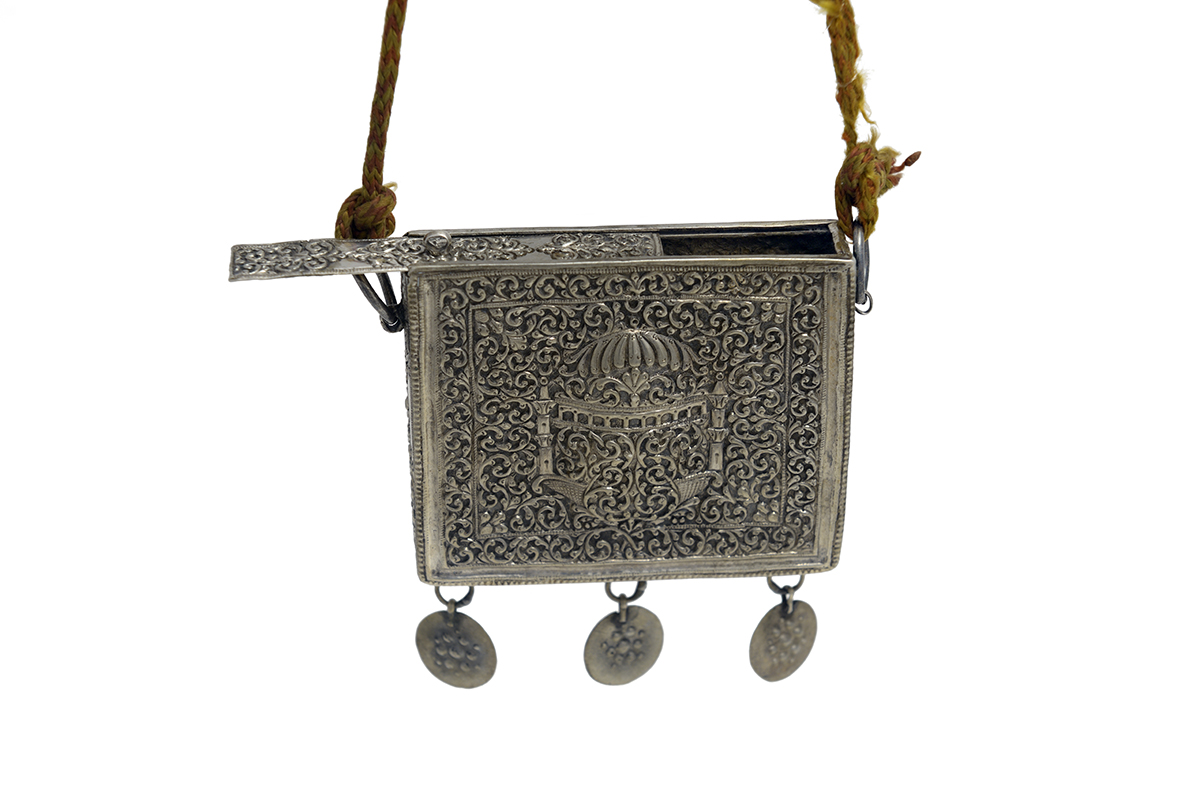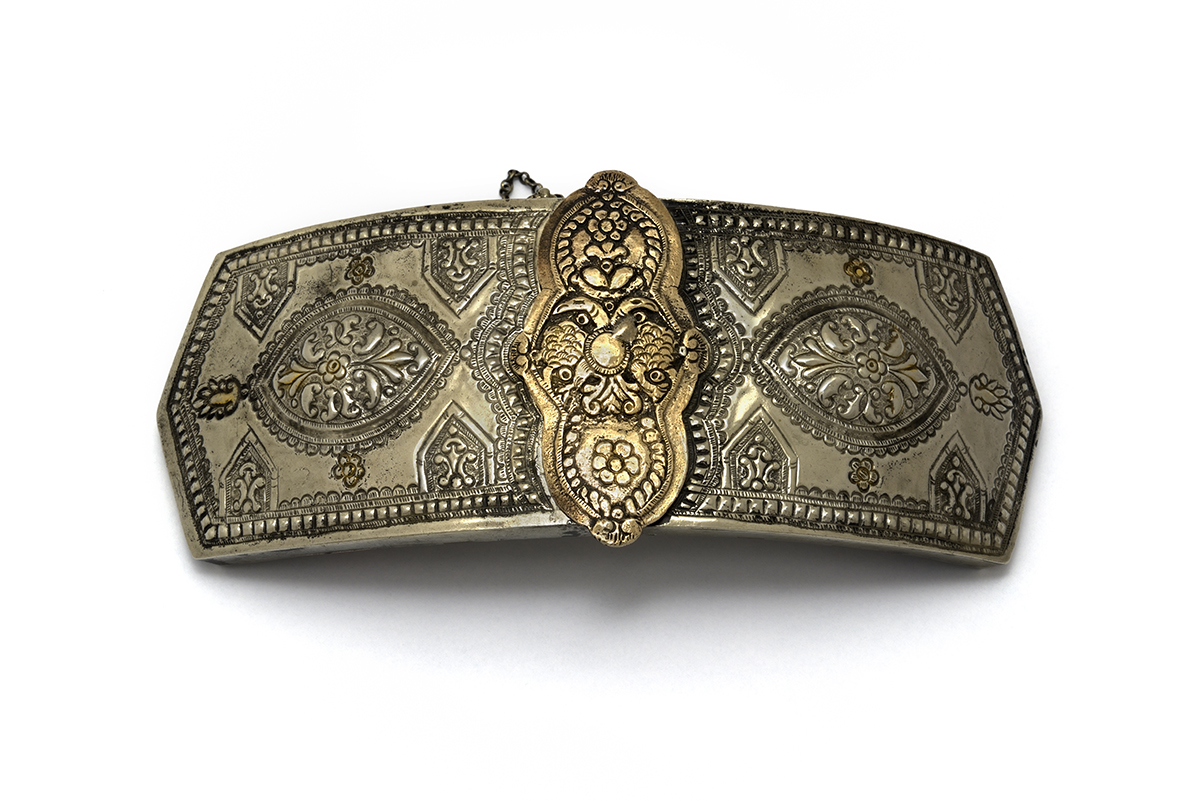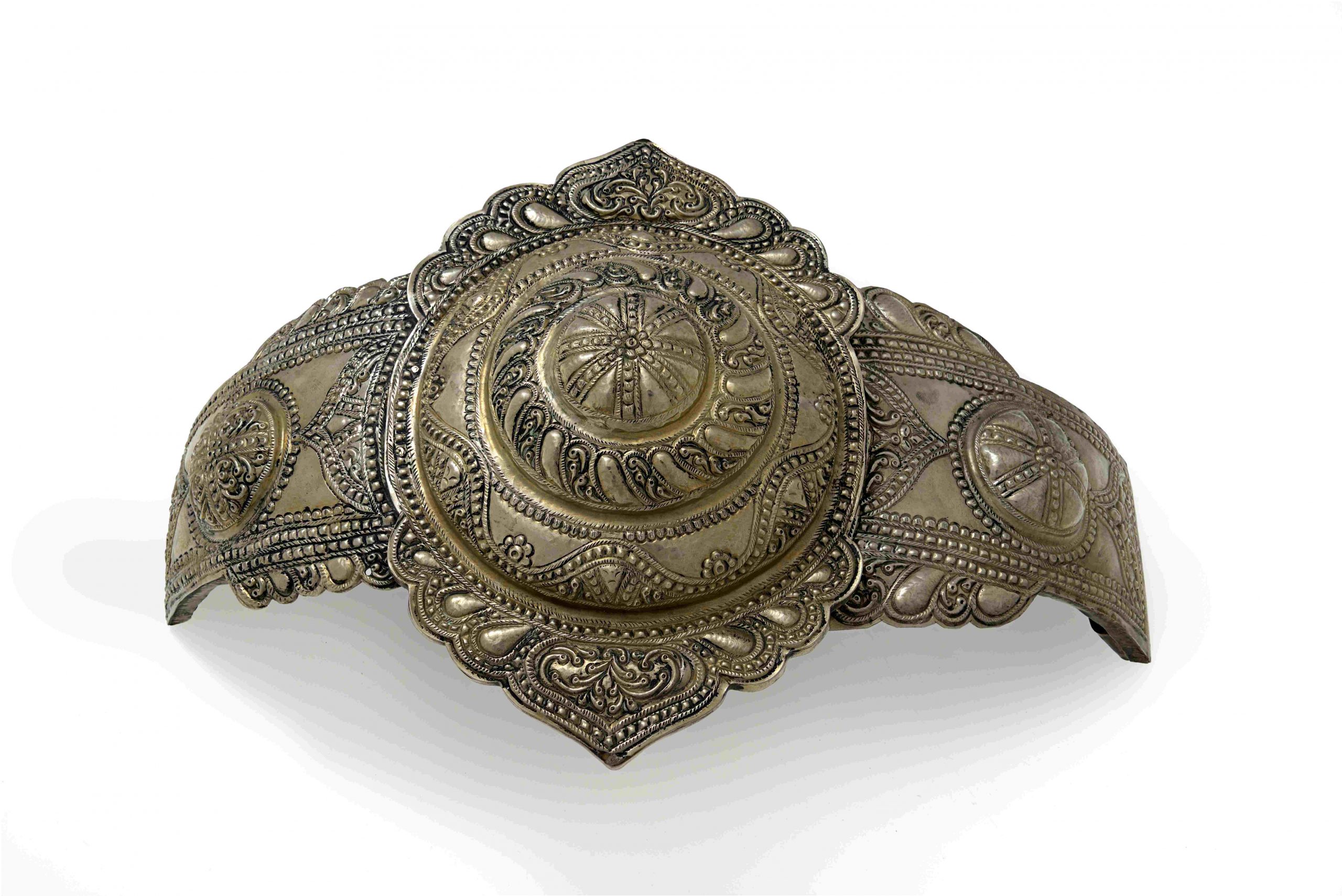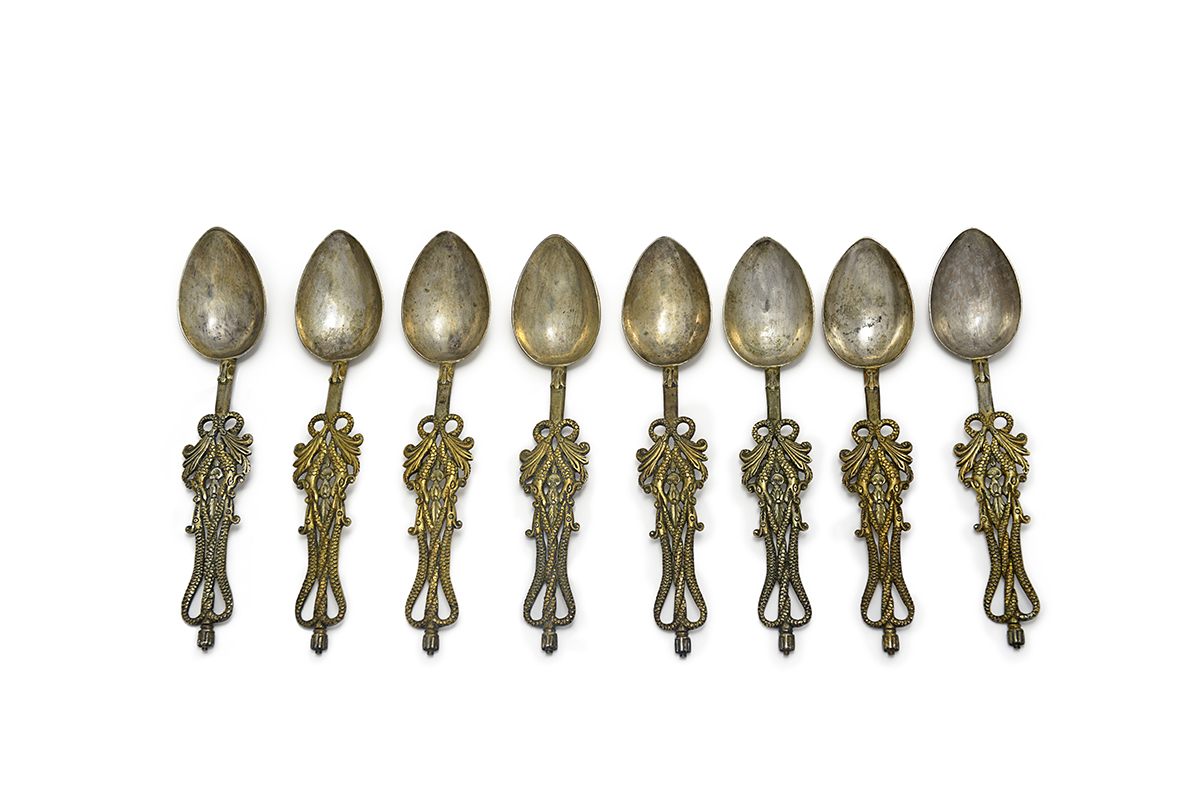The Art of Silversmithing in Greece
The rich history of silver mining and silversmithing in Greece dates back to ancient times, with significant developments during the Ottoman period. The reopening of the ancient mines of Lavrion in 1865 marked a revival in the supply of silver, paralleling imports from America.
Techniques such as cupellation, known in Greek as lagarisma, were pivotal in purifying noble metals and have been practiced since antiquity. This method remained fundamental up to the mid-20th century, despite its time-consuming and hazardous nature, demanding technical expertise and often carried out by itinerant craftsmen in rural areas.
Today, silversmiths predominantly use imported pure silver and recycle leftovers from their work, continuing the legacy of this intricate craft.
The Legacy of Kalarrytes and Ioannina
In the 18th century, the Vlach village of Kalarrytes in the Tzoumerka mountains became renowned for its silversmithing, achieving prominence by the early 19th century. Kalarrytes craftsmen, known as chryssikoi, develop a unique artistic style influenced by their interactions with Greek communities across Europe, Russia, and Moldo-Wallachia.
By the early 19th century, Kalarrytes reached its peak in craftsmanship, producing many religious works. However, the village’s destruction in 1821 by Ottoman Turks forces many silversmiths to emigrate, leading to a gradual decline in the guilds.
Approximately 60 kilometres away, another village in Epirus region – Ioannina, in the late 18th and early 19th centuries, also flourished intellectually and economically, leading to a high demand for silver objects as symbols of economic prosperity and social prestige. Wealthy merchants, dignitaries, warriors, and the Church were among the primary clients.
At the dawn of the 20th century, Ioannina faced recession, prompting many silver- and goldsmiths to emigrate for survival. After the liberation of Ioannina from the Ottoman in 1913, craftsmen continued travelling to Europe, mainly Italy, to follow developments and study, incorporating new elements into their tradition. After 1922, refugees from Asia Minor settled, introducing new styles and revitalising local craftsmanship.

Credit: PIOP Archive. Photo 1 – Holders for coffee cups, second half of 19th century, donated by K. Notaras. Photo 2 – Utensil of a 20th-century bourgeois home.
Silversmithing Education
The first silversmithing school in Ioannina was established in 1930 and continued until 1969, with a brief pause during World War II. A new Apprentice School founded in 1959 coexisted with the original school for a decade, reflecting the community’s commitment to preserving and advancing the craft.
The Elegance of Filigree Technique
Filigree work is composed of small sets of wire elements, such as small figure-nines, tiny carnations, leaves, daisies, and shells, which form decorative motifs contained by a frame of thicker wire, the tsatmas. The elements are placed in the frames using tweezers. This is followed by soldering them using silver solder. The piece’s quality is determined by the finesse and density of the work, its composition style, and the variety and contrasts between the elements composing it.

Credit: Danae Kaplanid, PIOP (2023). Decorative filigree elements, Faidon workshop.
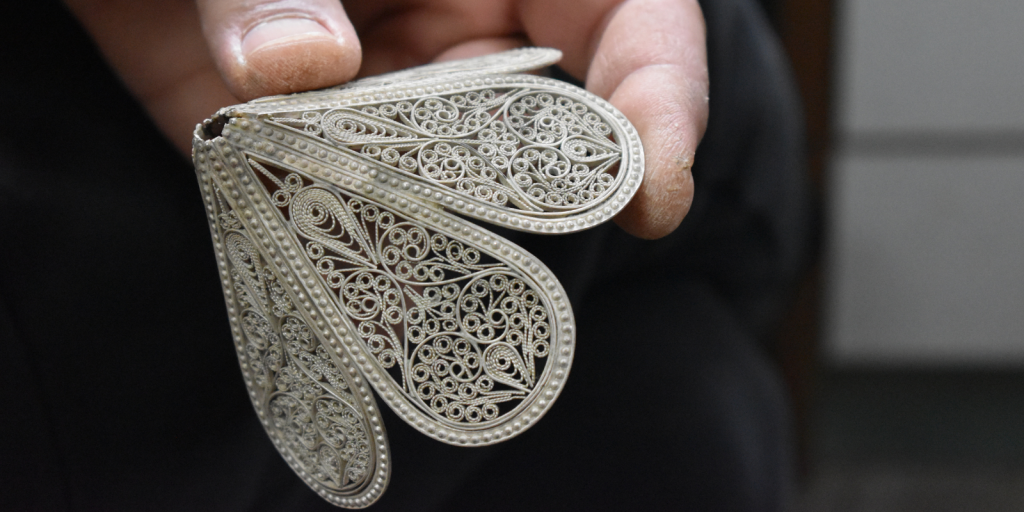
Credit: Danae Kaplanid, PIOP (2023). Ioannina filigree, Faidon workshop.
“Guardians of Tradition”
Ioannina, known for its centuries-old silversmithing heritage, is home to several important institutions that preserve and celebrate this craft. The Museum of Silversmithing, the Traditional Craft Center of Ioannina (KEPAVI), and the Faidon Workshop each play a crucial role in keeping the art of silversmithing alive while adapting it for the modern world.
The Museum of Silversmithing
Located in the historic Its Kale area, the Museum of Silversmithing offers visitors a fascinating journey through the history of silver craftsmanship in Ioannina. It displays a range of items from jewelry to household artifacts, showcasing the evolution of techniques and styles over centuries. The museum plays an important role in educating the public about the significance of silversmithing in the region’s cultural heritage.
The Museum of Silversmithing
KEPAVI – The Traditional Craft Center of Ioannina
KEPAVI is a vibrant center that hosts a variety of workshops from local silversmiths. Here, visitors can experience the traditional techniques of silver crafting up close and purchase unique handmade pieces. The center not only preserves the craft but also serves as a modern hub where artisans create jewelry, household items, and decorative objects, bridging the gap between tradition and contemporary design.
Traditional Craft Center of Ioannina
Faidon Workshop
Faidon Workshop is one of the most renowned silversmithing workshops in Ioannina, known for its blend of traditional craftsmanship and modern design. Since its founding, Faidon has been producing high-quality silver jewelry and decorative items that reflect the city’s rich heritage. The workshop is a living example of how the ancient art of silversmithing continues to thrive in a contemporary context.
Faidon silversmithing workshop
Resources
Silversmithing Museum: https://www.piop.gr/diktuo-mouseion/mouseio-argurotehnias/
Faidon Workshop: https://www.faidon.com.gr/


